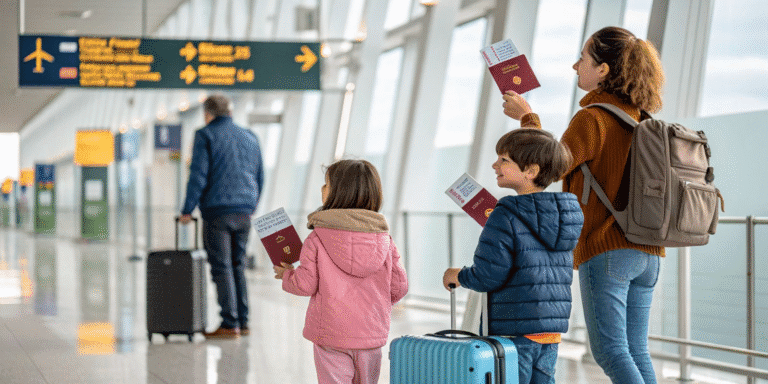Quevedo & Ponce - Legal News
Trade Dress in Ecuador
- September 19th, 2025
- Quevedo & Ponce
Trade dress, also known as apariencias distintivas, is a non-traditional distinctive sign that protects the shape, design, combination of colors, arrangement, and other external elements that make a product or establishment recognizable in the market.
In Ecuador, this concept is regulated under Articles 426 and 427 of the Organic Code of the Social Economy of Knowledge, Creativity and Innovation (COESCCI) as well as Articles 235 and 236 of the Intellectual Property Law, where trade dress is defined as:
“Any set of colors, shapes, presentations, structure and distinctive designs characteristic of a commercial establishment, which identify and distinguish it in the provision of services or sale of products.”
Like commercial names, trade dress follows a regime based on effective use in the market. This means that its protection does not depend solely on registration, but also on its real use that makes it recognizable to consumers.
Protectable Elements
Trade dress may include:
- Packaging and containers (e.g., bottles, boxes with distinctive designs).
- Three-dimensional product shapes (such as the particular silhouette of a glass bottle).
- Store decoration and layout (colors, furniture or interior design that create identity).
- Visual combinations of colors, shapes or presentations that allow differentiation in the market.
Requirements
For trade dress to be protected in Ecuador, it must meet the following criteria:
- Distinctiveness: consumers must associate it with a specific business origin.
- Novelty: it must not be a copy or imitation of already existing presentations.
- Non-functionality: it cannot rely on technical or essential product features.
- Identifiability: it must generate differentiation in the market.
Más Artículos
Relationship between Customs (SENAE) and Intellectual Property (SENADI) in Ecuador
Customs and the National Service for Intellectual Rights work together to protect legitimate trade and prevent counterfeiting, smuggling, and piracy. Through the Customs Intellectual Property Registry, trademark, patent, and copyright holders can register their creations to strengthen protection at the border.
New Law Against Unfair Competition in Ecuador: Key Points and Scope
The new Organic Law on the Regulation Against Unfair Competition aims to ensure a fairer and more transparent Ecuadorian market by sanctioning unfair practices such as deceptive acts, unlawful imitation, unfair comparisons, and the misappropriation of trade secrets.
The Appointment of the Legal Representative: A Basis of Corporate Legal Security
The appointment of a legal representative is far more than a formal requirement: it constitutes a strategic basis that ensures legal certainty, transparency, and the continuity of the company. This article examines the essential elements for a valid appointment, the risks associated with non-compliance, and the significance of electronic signatures in the modernization of corporate management.
Trade Dress in Ecuador
Trade dress protects the visual identity of products and establishments, such as packaging, shapes, colors or store decorations that make them unique in the market. In Ecuador, its regulation seeks to safeguard business identity, promote innovation, and prevent unfair competition.
New Regulation for Exit Authorizations for Minors to Leave the Country: Legal Security and Protection of Rights
Resolution No. 063-2025 of the Council of the Judiciary establishes a new regulation governing the authorization of minors to leave the country. This normative framework strengthens legal certainty, safeguards the best interests of the child, and prevents risks such as human trafficking or hazardous migration.






